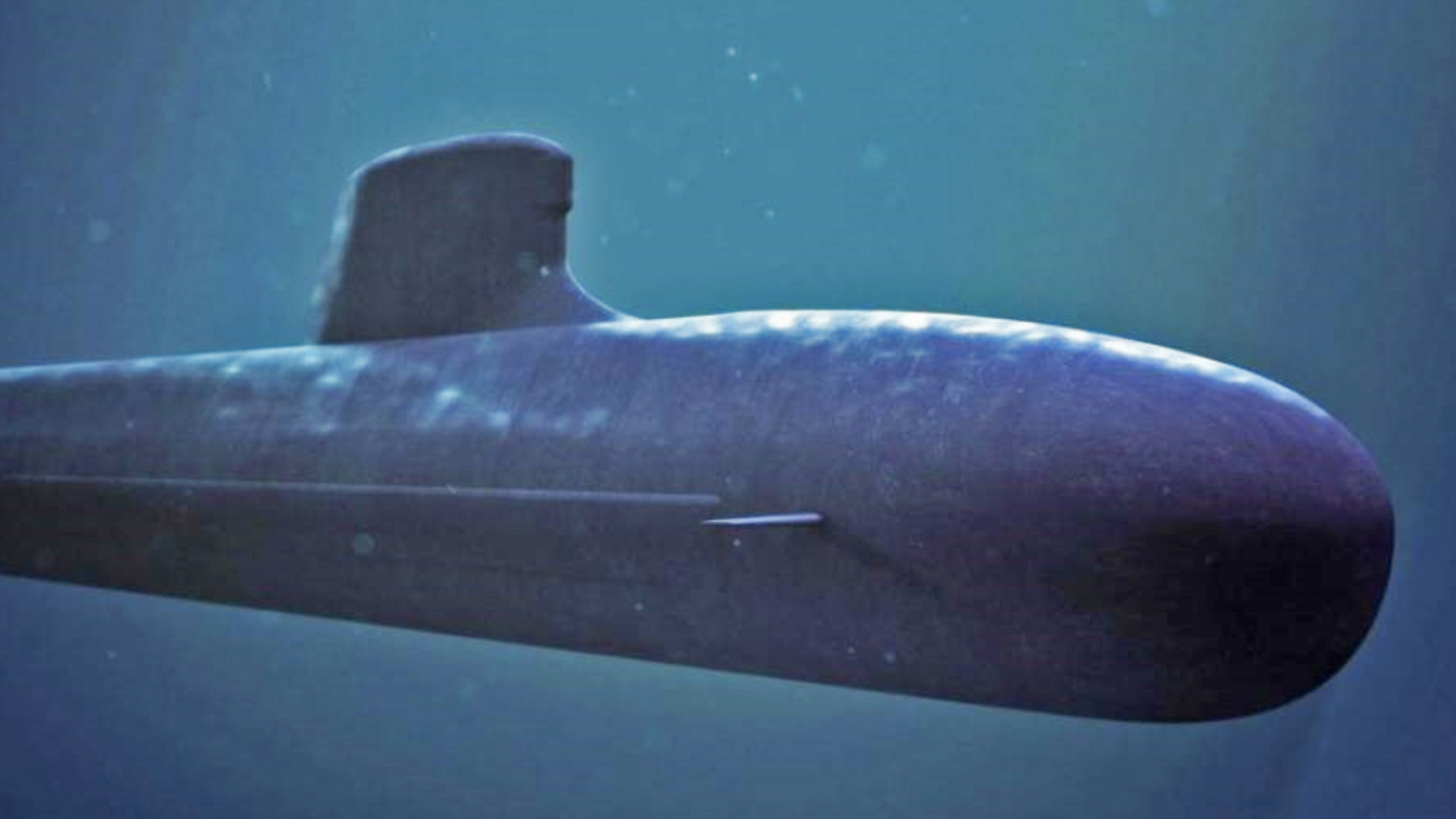The Netherlands will buy four new conventionally powered submarines from France, to replace its Cold War-era Walrus class and to contribute to a new-look defense posture in which long-range conventional strike capabilities are given high priority. The decision is also good news for France’s Naval Group, whose conventionally powered submarines had previously been selected by Australia before being rejected in favor of nuclear-powered alternatives.
The Dutch State Secretary for Defense Christophe van der Maat announced today the preliminary award decision to Naval Group after what was described as a “careful tender process” by the Dutch Ministry of Defense. A contract will be signed after the tender evaluation is approved by the Dutch House of Representatives.
Speaking at the Dutch naval base in Den Helder, the minister also revealed the names of the new submarines: HNLMS Orka (Orca), Zwaardvis (Swordfish), Barracuda, and Tijgerhaai (Tiger Shark).
These will be completed to a design known to the Naval Group as Black Sword, a conventionally powered version of its Barracuda family. This fought off competing designs from Germany’s thyssenkrupp Marine Systems (a version of the Type 212CD submarine) and a joint bid from the Dutch Damen Group and Sweden’s Saab Kockums for the C718 submarine, derived from the A26 Blekinge class.
“Naval [Group] has succeeded in submitting a balanced, versatile, and realistic bid,” Van der Maat said. “The shipyard has come up with a worthy successor to the Walrus class. This includes a solid role for Dutch industry, an important requirement in this award. Not only in construction but also in maintenance. So this decision is not only good for the Navy and our security interests but certainly also for Dutch companies and building our knowledge base.”
In a tweet today, unsuccessful bidder Saab/Damen said they “remain convinced that our offer is the best and most Dutch solution. Our offering builds on existing Dutch knowledge and expertise. Only in this way can we contribute to the safety and autonomy of the Netherlands.”
In a press release, the Dutch Ministry of Defense highlighted the dual-role nature of the Black Sword design, which it says is uniquely capable of operating both in shallow waters, as found around the Dutch coast, and for worldwide missions in deeper waters, operating independently for extended periods. While still, like their Walrus predecessors, “relatively small,” the new boats are also larger than typical designs optimized for coastal operations. The Royal Dutch Navy already has valuable experience in out-of-area submarine operations, having used the Walrus class to help enforce a trade embargo off the coast of former Yugoslavia in the 1990s and to gather intelligence during Operation Enduring Freedom.
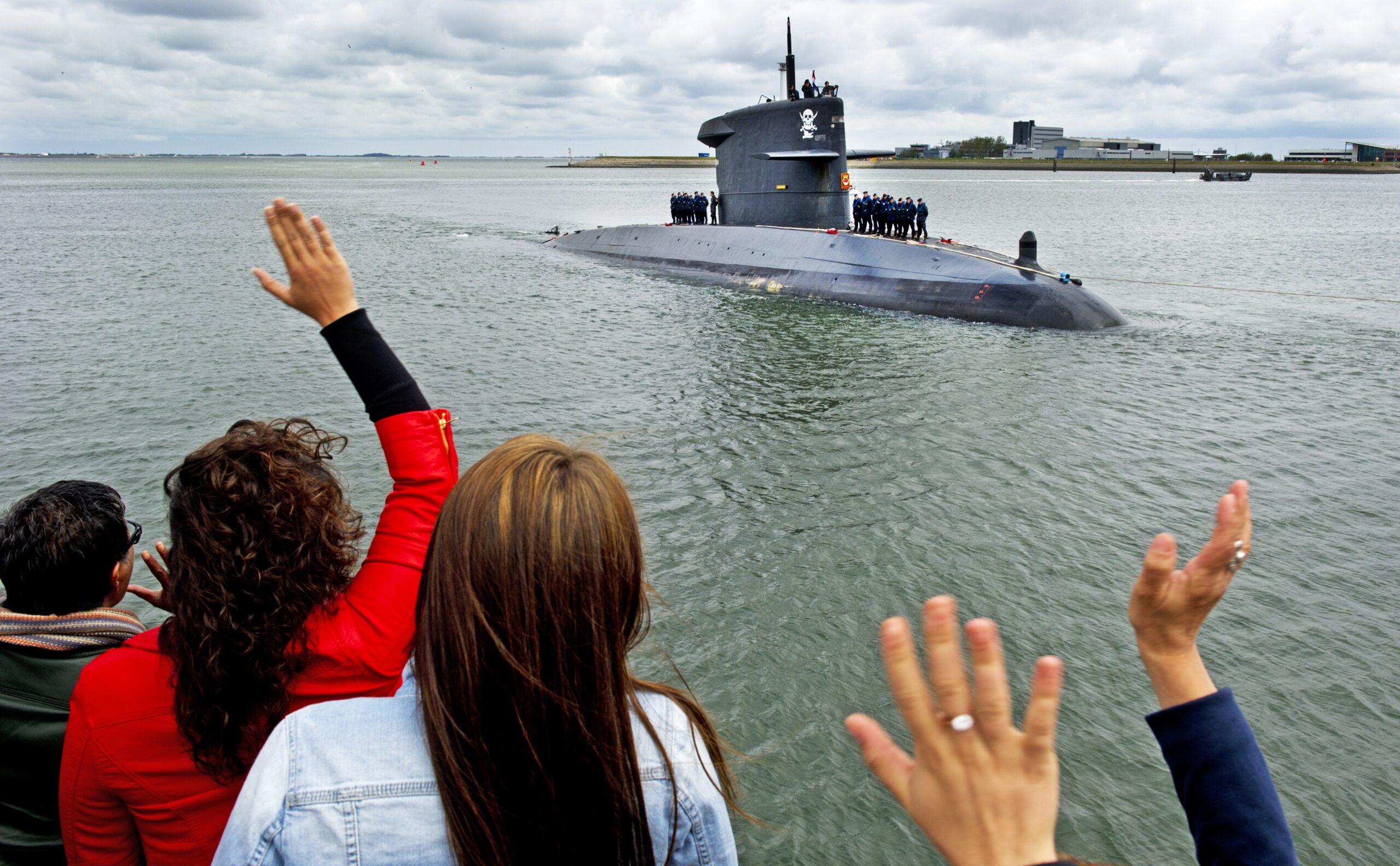
Critical to this performance is the new submarines’ modern battery technology, providing greater power reserves, allowing them to remain submerged for longer without having to surface and charge the batteries with the diesel engines. “This makes them even quieter and less vulnerable to enemy detection,” the defense ministry states.
While the exact type of powerplant for the new submarines has not been disclosed, they may well feature air-independent propulsion (AIP).
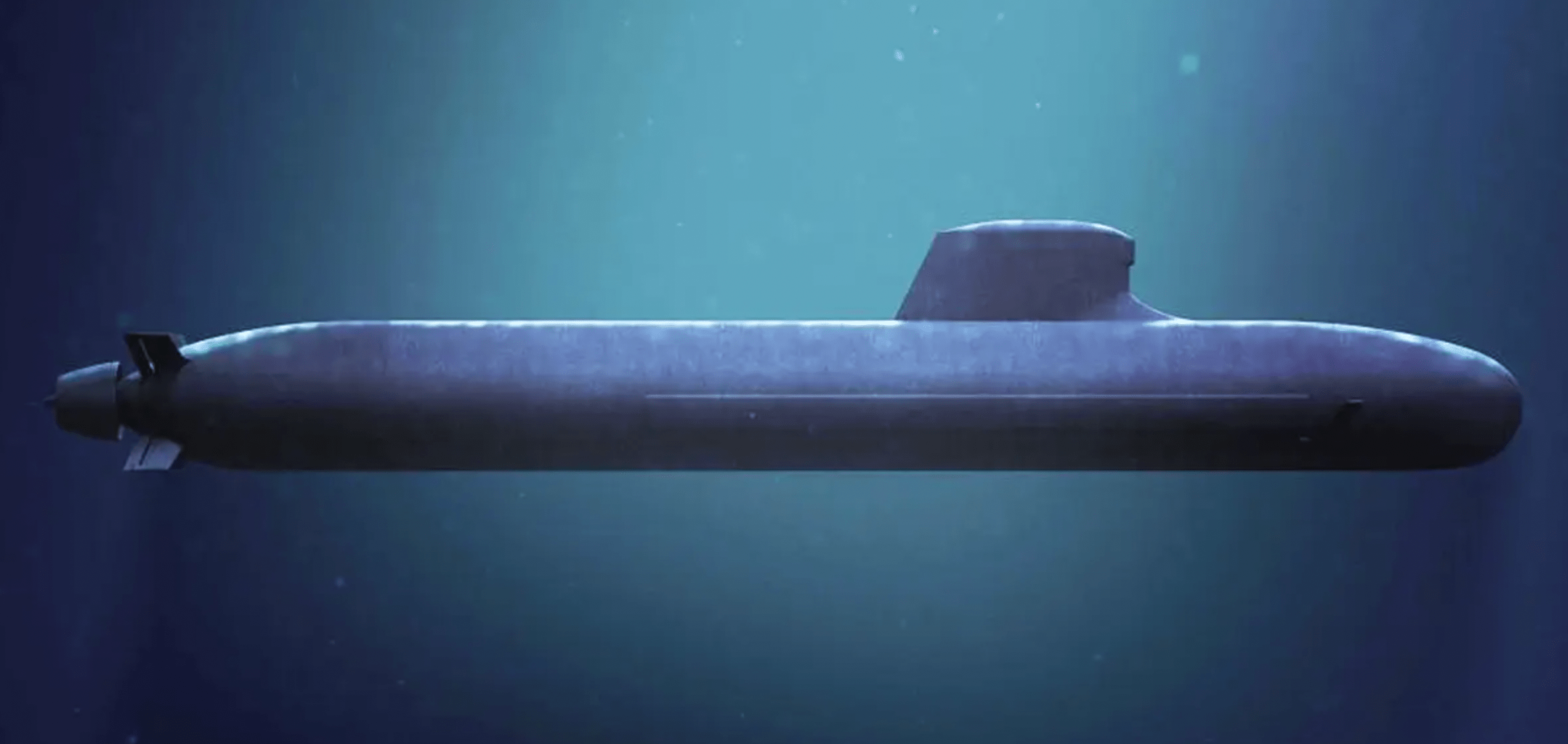
The huge benefits of AIP are something we have discussed in the past:
“The advent of modern Air Independent Propulsion for diesel-electric submarines, and the improvement in battery power over the last two decades, have delivered nuclear submarine-like capabilities in far less complex, smaller, and cheaper submarine designs. The most modern AIP boats can stay submerged for weeks at a time and are in some cases even quieter — and thus more deadly — than their nuclear counterparts. This is no secret, as diminutive AIP capable foreign submarines are known to have wreaked havoc on American flotillas during complex wargames.”

There is also the possibility that the new submarines might make use of a large lithium-ion battery array. This technology can replace some of the capabilities AIP offers by featuring far greater energy storage compared to lead-acid batteries. Lithium-ion batteries are also claimed to offer some performance benefits, too, including increased endurance at higher speeds when submerged. They also have no moving parts at all, which helps with sonic signature. The risk of fire is a concern, with special systems built around the battery arrays to extinguish them if one were to occur. Still, AIP, including fuel-cell technology, also has its own benefits.
Other key advantages of the new boats include much more modern sensors and communications systems than found in the Walrus class, which were commissioned in the 1990s. “The new class is even better equipped than its predecessors to collect, analyze, and share intelligence,” the defense ministry says, including gathering intelligence both during conflicts and in peacetime.
A graphic released by the defense ministry suggests that support to special operations forces will play an important role for the new submarines, expanding on the use of the Walrus class as a base for combat frogmen and other naval special warfare units.
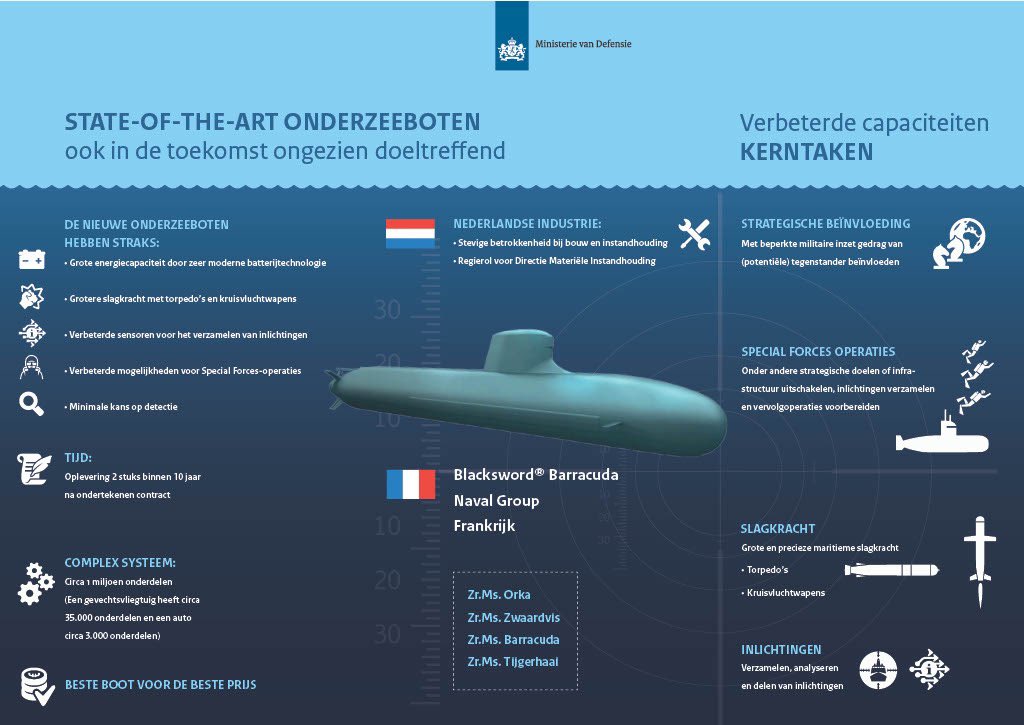
In terms of firepower, the biggest improvement is the planned introduction of long-range cruise missiles.
In April 2023, the Dutch Ministry of Defense announced plans to greatly strengthen its long-range conventional strike capabilities for all three services.
The Royal Netherlands Air Force’s F-35A stealth fighters will receive the AGM-158B Joint Air-to-Surface Standoff Missile-Extended Range, or JASSM-ER, while the Royal Netherlands Army will operate the Israeli-made PULS (Precise and Universal Launch System) multiple rocket launcher.

While the Dutch F-16 fleet — now well into the process of retirement — never had any long-range standoff capability, adding the stealthy JASSM-ER to the F-35 will allow well-defended targets to be engaged at a range of around 600 miles.
For its part, PULS — which was chosen over the rival HIMARS — reinstates Dutch rocket artillery for the first time in years. Prior to its arrival, the longest-range Dutch artillery could hit targets around 50 miles away. PULS has a range of up to 186 miles, according to the manufacturer.

The Royal Netherlands Navy, meanwhile, will get RGM/UGM-109 Tomahawk cruise missiles, which will arm the new submarines as well as existing De Zeven Provinciën class frigates.
The Dutch had in the past eyed the Tomahawk to add a long-range strike capability to its navy before dropping the idea. However, dramatic changes in the European security environment, brought on by Russia’s full-scale invasion of Ukraine, saw the plan assume a new high priority.

In its announcement of the new long-range strike programs, the Dutch Ministry of Defense noted that “Currently, Dutch naval vessels do not have armaments powerful enough and with enough range to take out bunkers, for example.”
In adding Tomahawk to submarines and frigates, the Dutch will join a select group of countries with this capability.
The latest Block IV Tomahawk, for example, can hit targets almost 1,000 miles away with a 1,000-pound unitary warhead. It can be rerouted mid-flight and can loiter over an area to hit targets as they emerge, featuring an imaging infrared seeker capability. The Block V variant is an improved version with survivability upgrades that can be used to also hit moving targets, especially in the long-range anti-ship missile role.
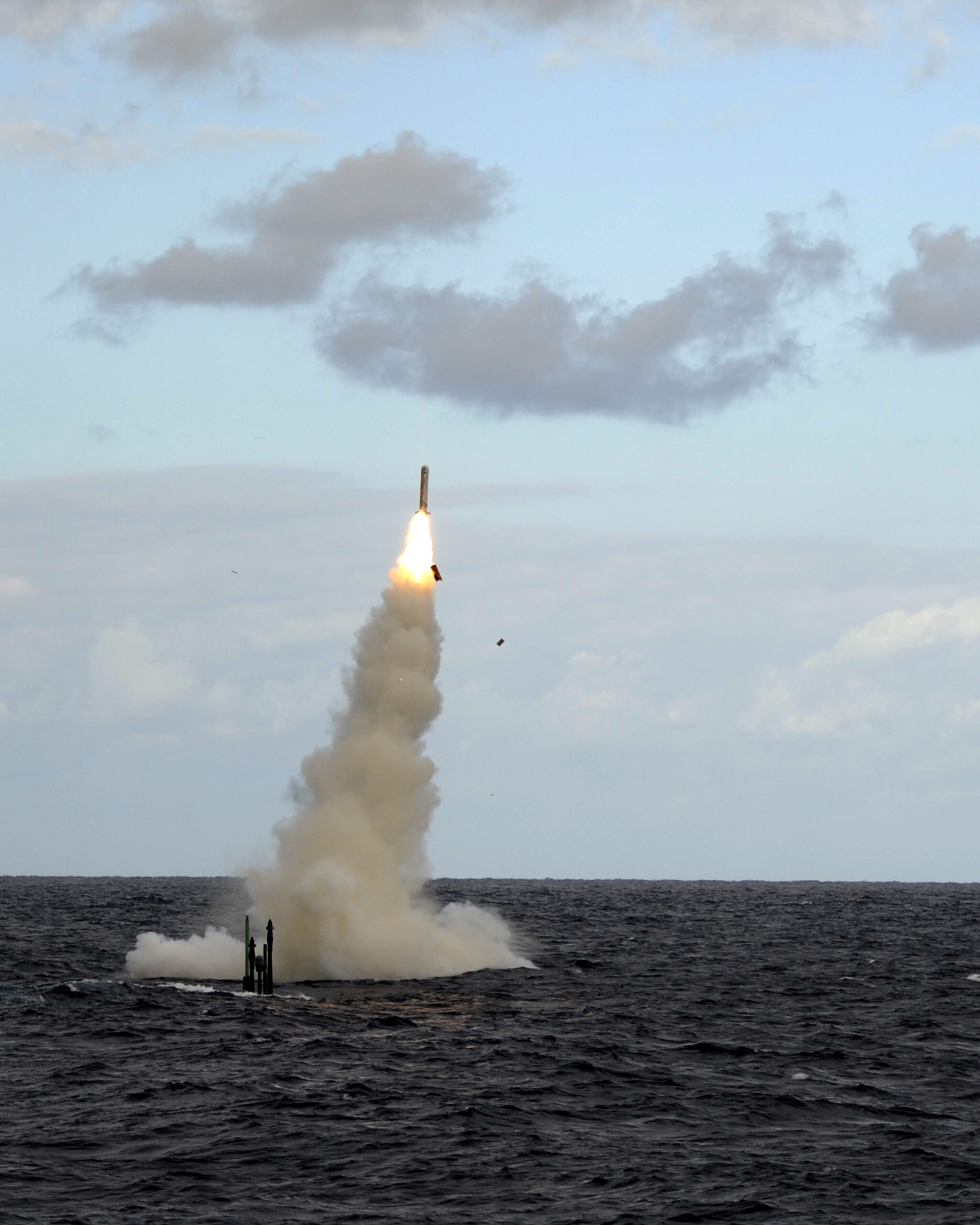
At this stage, it’s not clear which Tomahawk variant the Dutch will receive, but it is a significant development and, when combined with the JASSM-ER and PULS, represents a huge overhaul of the Netherlands’ defense posture.
As Van der Maat explained at the time: “The war in Ukraine shows once again that fire support over short, medium, and long distances is essential. This applies on land, from the air, and from the sea. With the new systems, Defense further fleshes out NATO’s joint combat power and deterrence. The Netherlands is thus showing that it takes responsibility by making a strong contribution to this. Moreover, with this, the Netherlands meets the desire to possess its own missile artillery and long-range weaponry, as outlined in the 2022 Defense White Paper.”
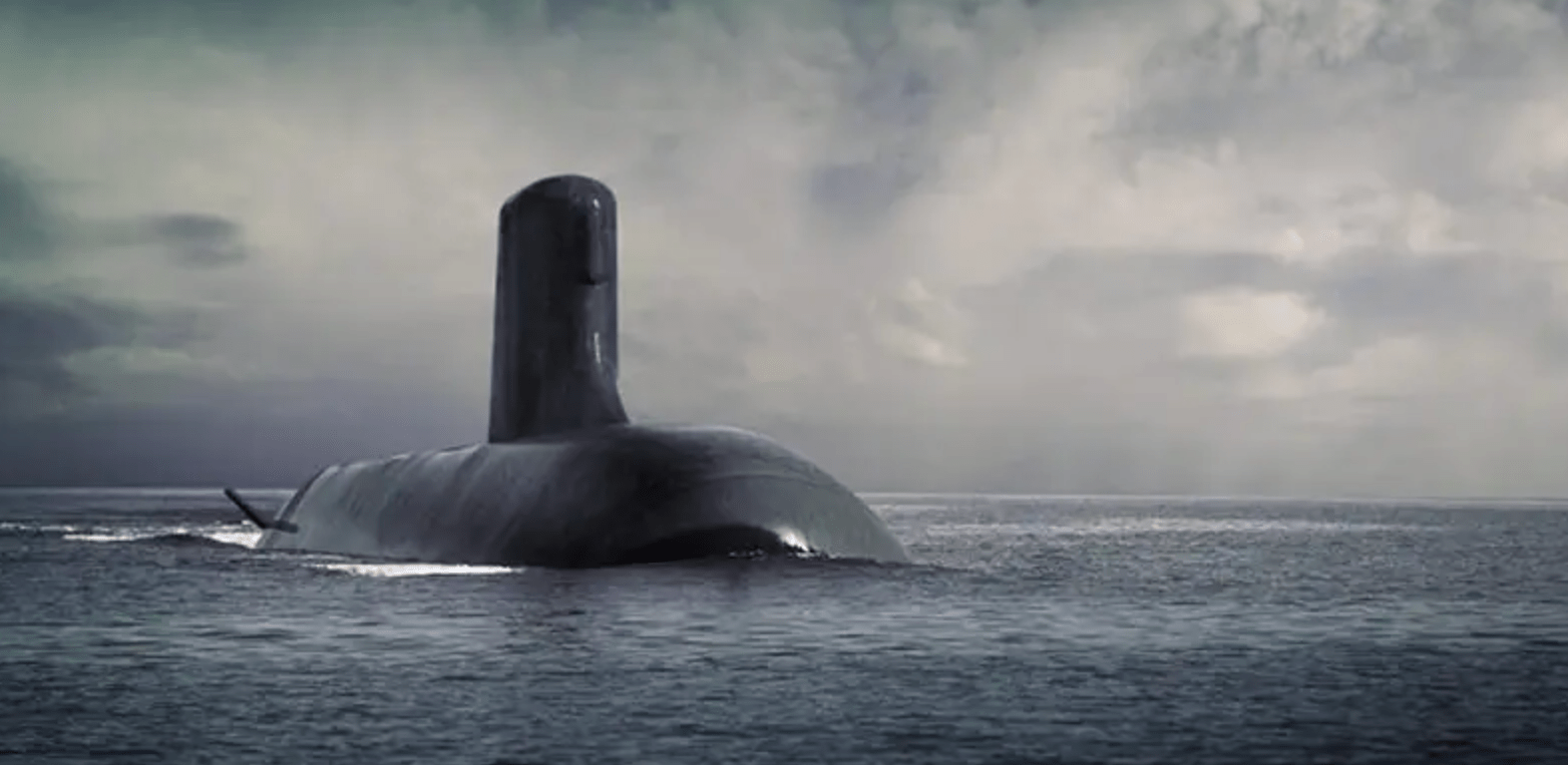
The Dutch have already agreed that Naval Group will deliver the first two new submarines within 10 years of signing the delivery contract.
In the meantime, the Walrus class, which has something of a legendary status, will remain in service through to the mid-2030s, with the benefit of upgrades. To provide a continuous supply of spare parts for these aging boats, one of the four Walrus class submarines was phased out of service last October, and another will follow, leaving two examples in service.
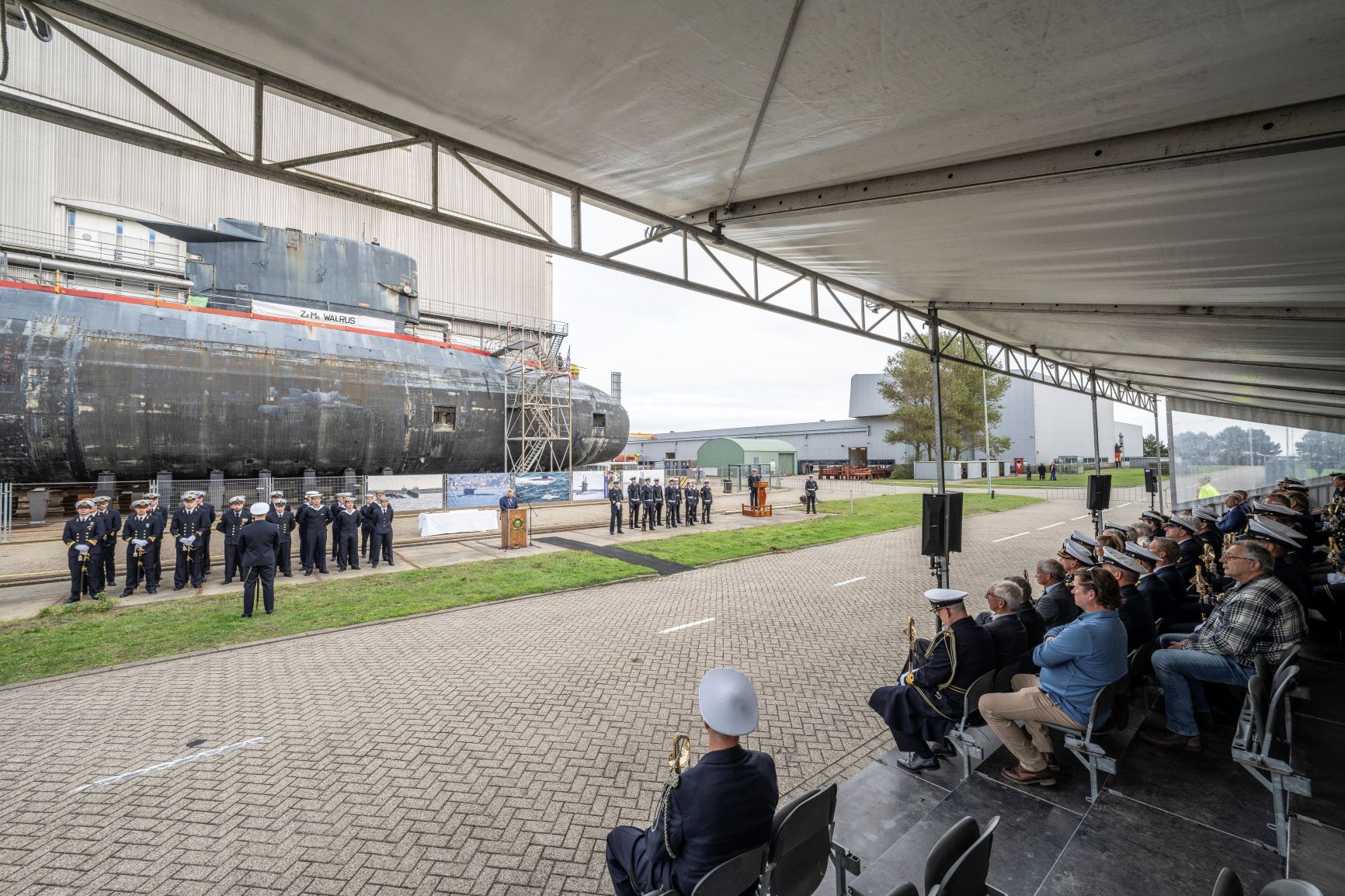
Overall, the procurement of the four new submarines is not just a case of modernizing an aging Dutch underwater fleet, but part of a broader response to the challenges posed by an increasingly aggressive Russia.
Contact the author: thomas@thewarzone.com
